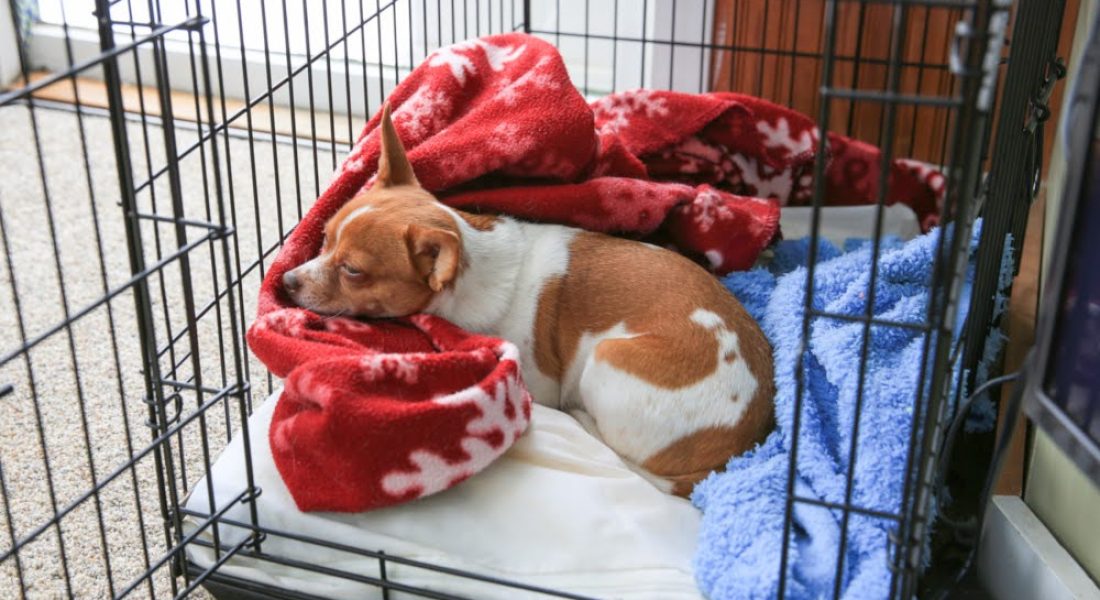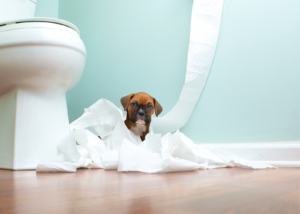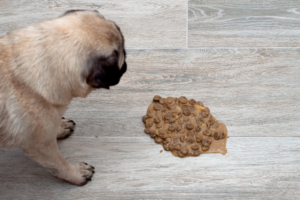Bringing a new puppy home is one of the most exciting experiences for any dog lover. However, with this new bundle of joy comes the responsibility of training them. Crate training is one of the most essential parts of teaching your puppy good behavior and helping them adapt to their new home.
It not only provides a safe space for your puppy but also helps with potty training and prevents destructive behavior when you’re away. In this guide, we will walk you through the steps to crate train your puppy successfully.
Understanding Crate Training
Crate training is a method of teaching your puppy to stay in a crate or kennel for a designated amount of time. It mimics a den-like environment and gives your puppy their own safe space to rest and relax. Dogs are instinctively den animals, so they naturally gravitate towards small spaces that make them feel secure.
Crate training can also help with potty training as dogs tend to avoid soiling their living space. It also prevents destructive behavior such as chewing or excessive barking when you’re away, as your puppy will learn that the crate is a place for quiet and calmness.
To successfully crate train your puppy, it’s essential to understand their individual needs and gradually introduce them to the crate. Let’s dive into how you can start crate training your puppy.
Steps to Crate Train Your Puppy
- Choose the right crate: The first step is to choose a crate that is the right size for your puppy. It should be big enough for them to stand up, turn around, and lie down comfortably. Many crates have separators so your puppy can grow into their crate!
- Introduce the crate: Place the crate in a common area of your home and leave the door open. Allow your puppy to explore it on their own terms and make it a positive experience by placing treats inside.
- Start with short periods: Begin by having your puppy stay in the crate for short periods, gradually increasing the duration. This will help them get used to being inside without feeling anxious or confined.
- Use positive reinforcement: Whenever your puppy goes into the crate on their own, praise and reward them with treats. This will reinforce the idea that the crate is a safe and happy place.
- Establish a routine: Set a routine for crate time. This will help them understand when it’s time to go into their crate and make them more comfortable with it.
- Never use the crate as punishment: It’s crucial never to use the crate as a form of punishment while they are learning about it. This will create negative associations with the crate and can hinder the training process.
- Be patient and consistent: Crate training takes time and patience. Be consistent with the routine and positive reinforcement, and your puppy will learn to love their crate.
Troubleshooting Common Crate Training Issues
While crate training is a beneficial tool for both puppies and dog owners, it’s not without its challenges. Some common issues you may encounter include: your puppy whining or barking in the crate, having accidents inside, or refusing to go into the crate.
If your puppy whines or barks, try not to give in and let them out. This will only reinforce that their behavior gets them what they want. Instead, wait for a moment of quiet before opening the crate and rewarding them.
Accidents in the crate may be a sign that you need to adjust the duration of time your puppy spends inside. And if your puppy refuses to go into the crate, try making it a more positive experience by using treats or toys.
Additionally, make sure your puppy has plenty of exercise and mental stimulation to prevent any anxiety or restlessness in the crate. With patience and consistency, these issues can be easily tackled.
Should You Use A Crate When You’re Away?
One common question among dog owners is whether they should leave their puppy in the crate when they’re away. The answer is, it depends on your puppy’s age and training progress.
For younger puppies, it’s recommended to have someone available to let them out every few hours for potty breaks. As they get older and more comfortable with the crate, you can gradually increase the amount of time they spend inside.
It’s also essential to provide your puppy with plenty of toys and mental stimulation when you’re away. This will prevent them from getting bored and developing destructive behaviors.
Ultimately, it’s up to you as a dog owner to decide whether using a crate when you’re away is the best option for your puppy. Consider their individual needs and always prioritize their safety and well-being.
Plus, enjoy the benefits of a crate-trained puppy who is well-behaved and comfortable in their own space! So, if you’re thinking about getting a new puppy or already have one at home, don’t hesitate to start crate training today.
Why Crate Training Is Worth The Effort
Crate training may seem like a daunting task, but the benefits it offers make it well worth the effort. Not only does it provide a safe and comfortable space for your puppy to rest and relax, but it also aids in potty training and prevents destructive behavior.
In addition, having a crate-trained puppy makes traveling and vet visits much easier, as they will be used to being in a crate. It also helps with separation anxiety, as your puppy learns to associate the crate with positive experiences.
Also, crate training teaches your puppy independence and self-control. They learn to be calm and patient while inside the crate, which can translate into better behavior and obedience overall.
Should You Crate Train Your Puppy?
Ultimately, the decision to crate train your puppy is a personal one. While it offers many benefits, some dog owners may have reservations about using a crate.
If you do choose to crate train, remember to be patient and consistent with the process. Every puppy is different, so adjust the training methods to suit their individual needs.
However, if you decide not to crate train, make sure your puppy has a designated safe and comfortable space in your home. This will provide them with a sense of security and help prevent any destructive behaviors when you’re away.
Ultimately, the most important thing is to prioritize your puppy’s well-being and choose a training method that works for both of you. Whether or not you choose to crate train, the bond and love between you and your puppy will only continue to grow.
Conclusion
Crate training is a valuable tool for both puppies and dog owners. It provides a safe and comfortable space for your puppy, aids in potty training and prevents destructive behavior.
Remember to introduce the crate slowly and make it a positive experience with treats and praise. Start with short periods and gradually increase the duration, while also establishing a routine. Never use the crate as punishment, and be patient and consistent in your training.
If you encounter common issues such as whining or accidents in the crate, troubleshoot and adjust accordingly. And when deciding whether to crate train, consider your puppy’s individual needs and always prioritize their well-being.




